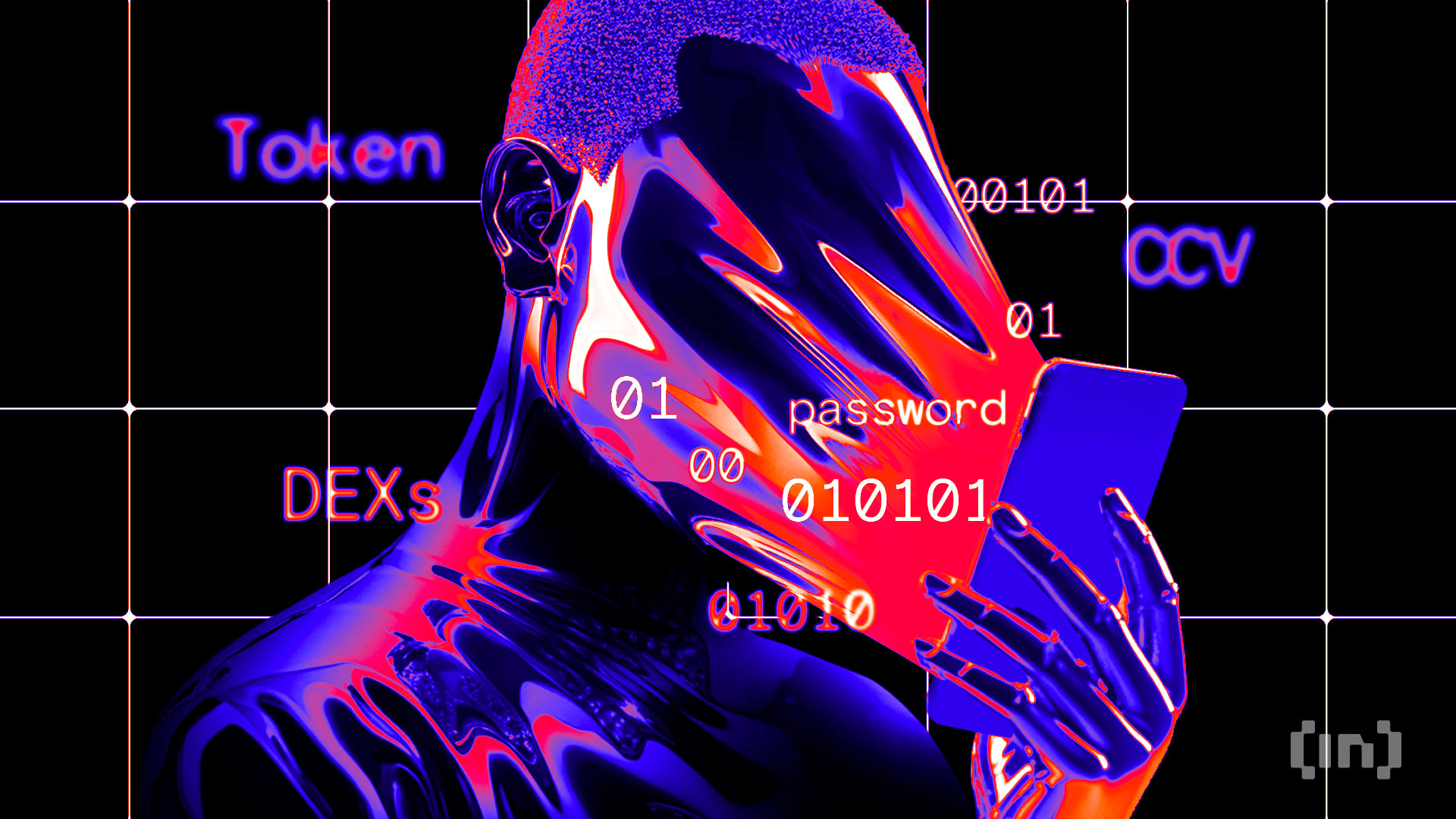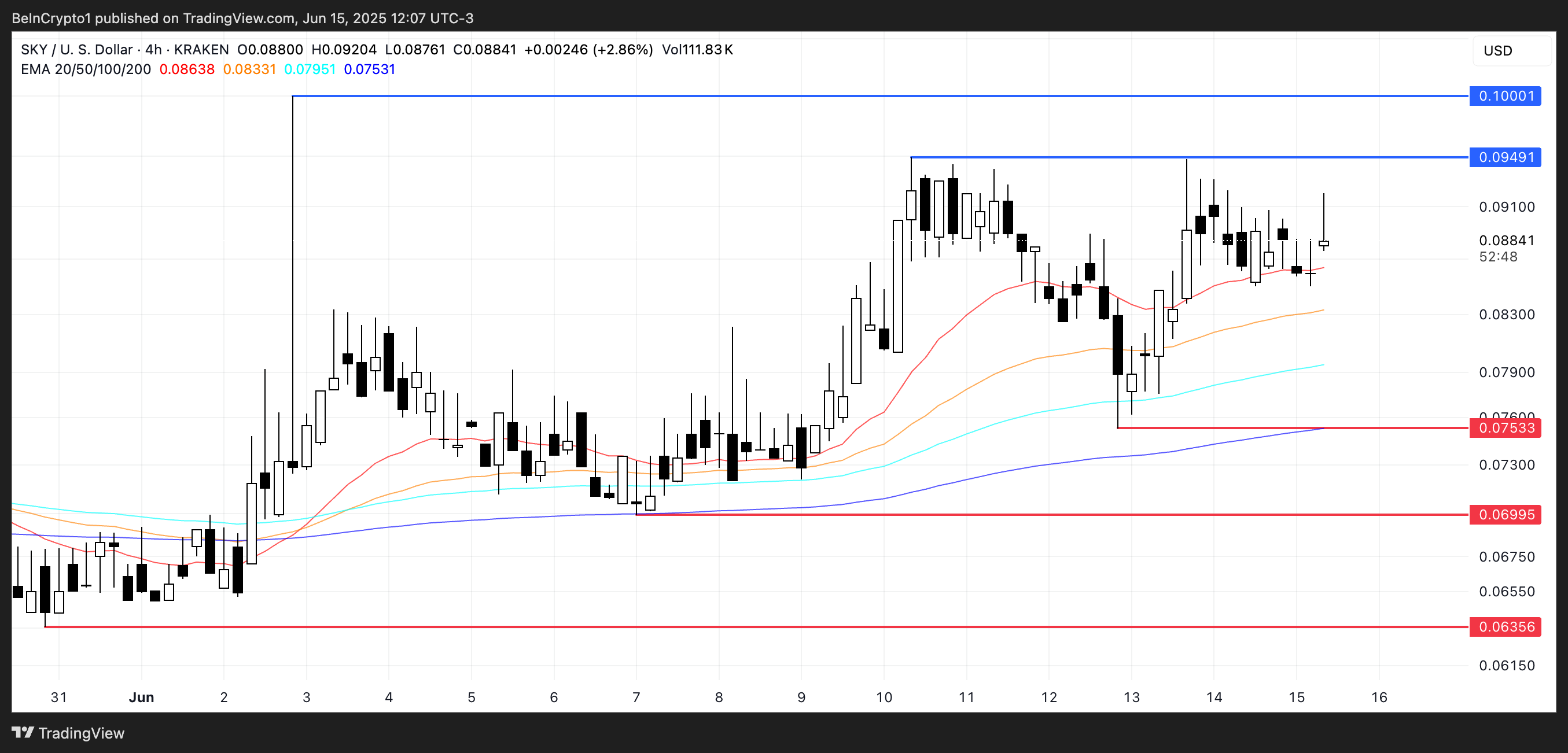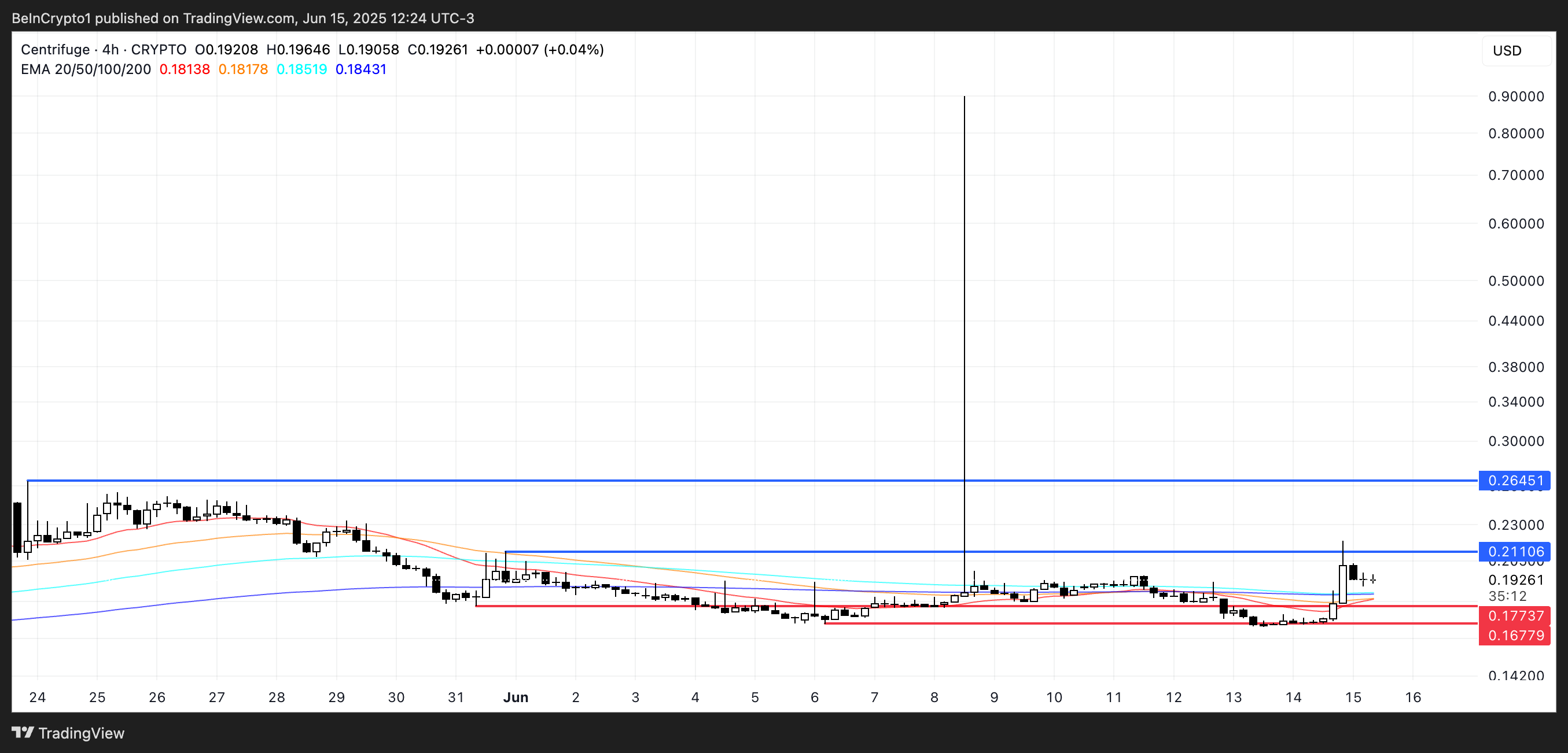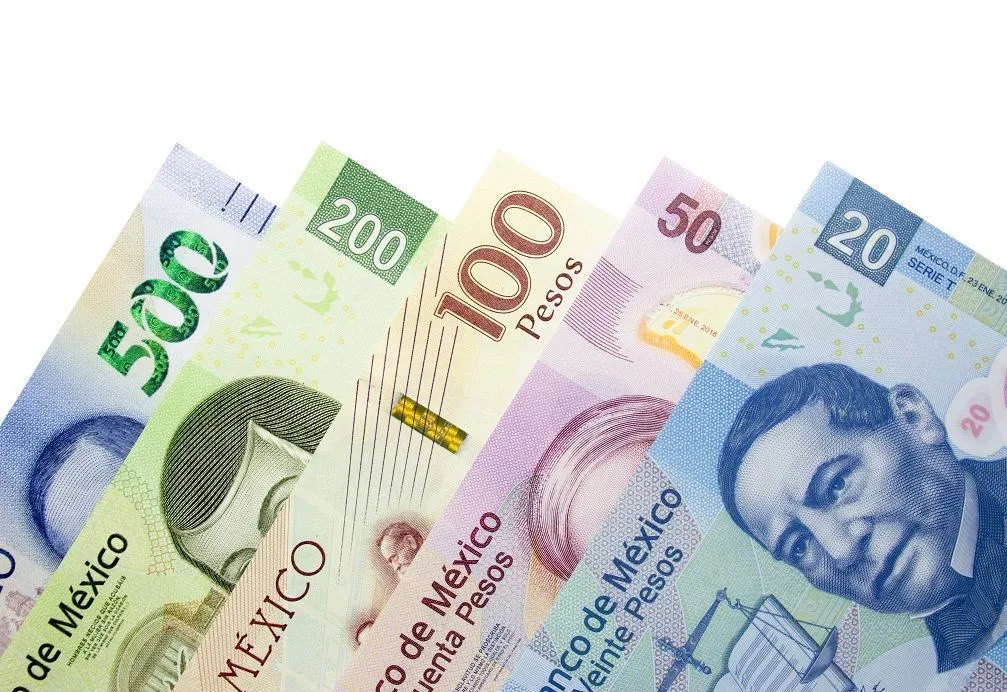A new variation on crypto crime has occurred as three victims were robbed in a mall parking lot in Bangkok. They were preparing to exchange $100,000 in crypto assets when five assailants attacked them.
The criminals may have been involved in setting up the crypto deal, as happened in a similar incident in Phuket last November. Thai authorities are searching for the perpetrators.
Bangkok Crypto Deal Goes South
Crypto crimes are at an epidemic level right now, and that can manifest in some extremely bizarre ways. This recent story from Bangkok is a prime example, as crypto was never directly involved.
Instead, the victims pooled together 3.4 million baht (worth about $100,000) to do an in-person transaction, which evidently went south:
Unfortunately, there is a severe lack of other relevant details. Local authorities are looking for the attackers and have plenty of information about the getaway car. However, it may have been stolen before the theft took place.
Further, because this Bangkok theft didn’t involve crypto, there’s no way to monitor blockchain data. The perpetrators only need to launder a bag of cash, which might be incredibly easy.
Thailand has been home to another recent crypto theft, although this one took place far away from Bangkok. In November 2024, a Ukrainian national was robbed in Phuket, an island near the southernmost tip of the country.
Four men kidnapped and extorted him, demanding 250,000 in USDT. After they left, the victim escaped and informed the police.
One of these four robbers was a past associate of the victim, having previously bought USDT from him on several occasions. Hopefully, this 2024 incident may also provide a critical link to today’s Bangkok crypto theft.
Specifically, it seems very possible that the alleged crypto vendors and the robbers are in league or even the exact same people.
Crypto ATMs are not widespread in Thailand, so these Bangkok men needed some other intermediary to exchange cash for tokens.
Whoever offered to make the trade would, therefore, have more than enough information to stage a robbery. This theory seems more likely than the assailants randomly encountering men carrying a sack full of cash in public.
More Recent Crypto Crime Stories
BeInCrypto has been hard at work covering this crypto crime wave, including violent and nonviolent incidents:
- France’s crypto kidnapping spree continues in June, shocking the nation. Police arrested several ringleaders in Morocco this month, hoping for an end to the attacks, but remaining operatives or copycats continue the horrific attacks.
- North Korean hackers attack both sides of the hiring process, targeting crypto industry job seekers and posing as fake candidates. Pepe creator Matt Furie lost over $300,000 after hiring a hacker for an IT role, and Favrr lost $680,000 after appointing a North Korean infiltrator as its CTO.
- Shockingly, low-quality crimes are seeing a lot of success in the US thanks to social engineering. Multiple criminals defrauded users out of millions, yet proved incredibly easy for law enforcement to track. One thief stole $4 million and lost almost all of it to a gambling addiction.
- Despite all these crimes, authorities are on the hunt, as cooperation from 15 separate nations brought down an international fraud ring. The group stole $540 million from victims around the globe.
The post Armed Robbers Steal $100,000 in a Mall Parking Lot | Crypto Horror Story appeared first on BeInCrypto.






